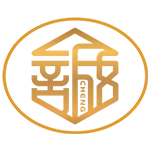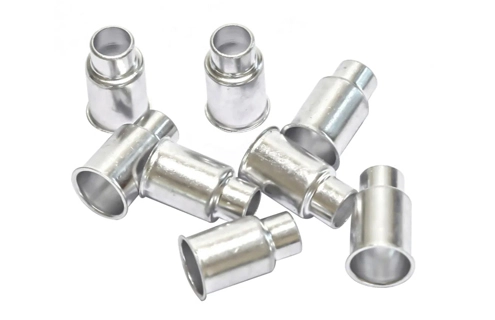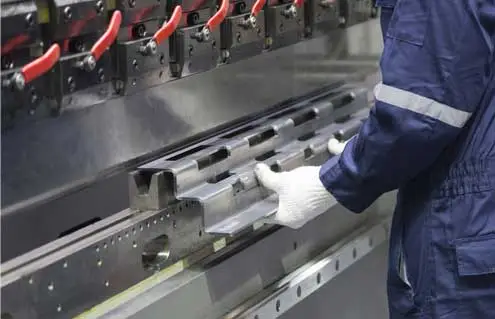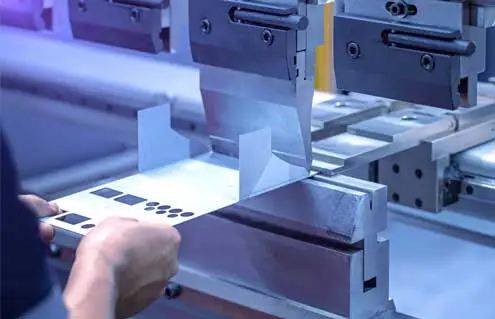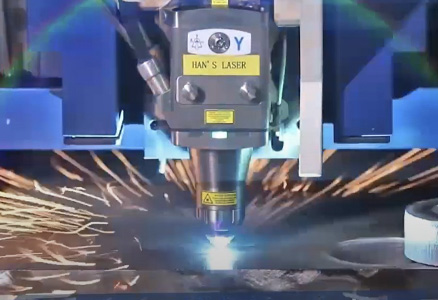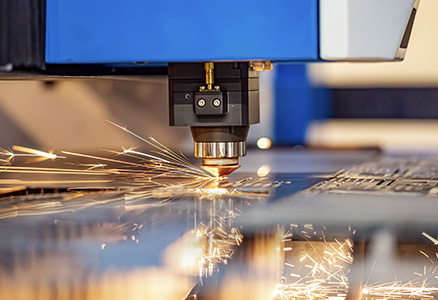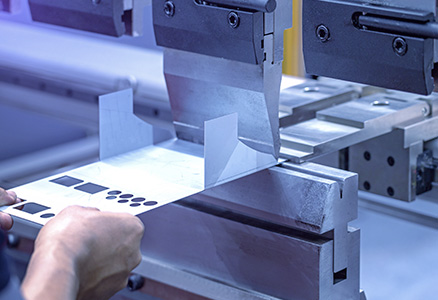Titanium deep drawing refers to parts made from titanium alloys through a deep drawing process—a widely used metal forming technique designed to produce components with complex geometries and thin walls. Due to its exceptional properties such as low weight, high strength, and excellent corrosion resistance, titanium deep drawing plays a vital role in industries including aerospace, medical, and automotive manufacturing.
Advantages of Titanium Alloys
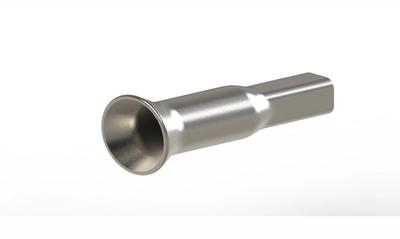
Titanium alloys have become indispensable in high-end manufacturing sectors due to their outstanding physical and chemical characteristics. Their primary advantages include:
High strength-to-weight ratio: Titanium alloys have low density, making them significantly lighter than steel, yet they offer comparable or even superior strength. This makes them ideal for high-performance structural components where weight reduction is critical.
Excellent corrosion resistance: Titanium alloys offer exceptional resistance to acids, alkalis, and seawater, which allows them to perform reliably in aggressive environments.
Biocompatibility: Beyond industrial use, titanium alloys are extensively utilized in medical devices such as artificial joints and bone screws due to their excellent compatibility with human tissues.
Titanium Deep Drawing Process
Deep drawing is a metal forming process in which sheet metal is radially drawn into a forming die by the mechanical action of a punch. It allows the production of complex-shaped components with high precision and minimal material waste.
Titanium deep drawing is more challenging compared to other metals, primarily due to the hardness and limited ductility of titanium alloys. To ensure forming accuracy and minimize cracking, several key measures are typically employed:
Optimized die design: The tooling must be specifically engineered for titanium's properties to avoid excessive stress concentrations during deformation.
Controlled processing temperature: Managing the temperature during forming helps reduce the material's cold brittleness and lowers the risk of cracking.
Effective lubrication: Using high-performance lubricants reduces friction during forming and prevents surface damage to the material.
Applications of Titanium Deep Drawing
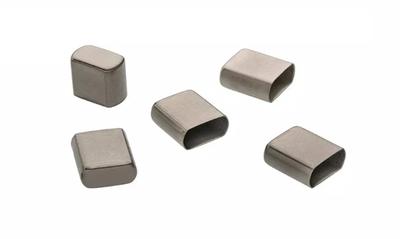
Thanks to its unique material properties and forming potential, deep drawing titanium is used across a range of demanding industries:
Aerospace industry: The high strength and lightweight nature of titanium alloys make them ideal for aircraft fuselage parts, engine components, and wing structures. Titanium deep drawing enables the production of intricate parts such as aircraft skins and fluid conduit connectors.
Automotive manufacturing: In high-end automotive applications, deep drawing titanium is used to produce engine components, exhaust systems, and structural body parts. These components help reduce vehicle weight, improve fuel efficiency, and enhance corrosion resistance.
Medical devices: Due to its biocompatibility, titanium is widely used for implants such as artificial joints, bone screws, and dental implants. The deep drawing process allows for the formation of complex shapes that meet the specific needs of human anatomy.
Chemical equipment: The corrosion resistance of titanium makes it ideal for use in harsh chemical or marine environments. Titanium deep drawing is employed in the manufacturing of reactor housings, heat exchanger components, and other critical equipment parts.
Conclusion
Titanium deep drawing from JCL has become a core component in many advanced industries due to its outstanding performance. As deep drawing technologies continue to evolve, the future for titanium applications looks increasingly promising. In the next generation of manufacturing, titanium deep drawing will play a key role in delivering lighter, stronger, and more sustainable products.
